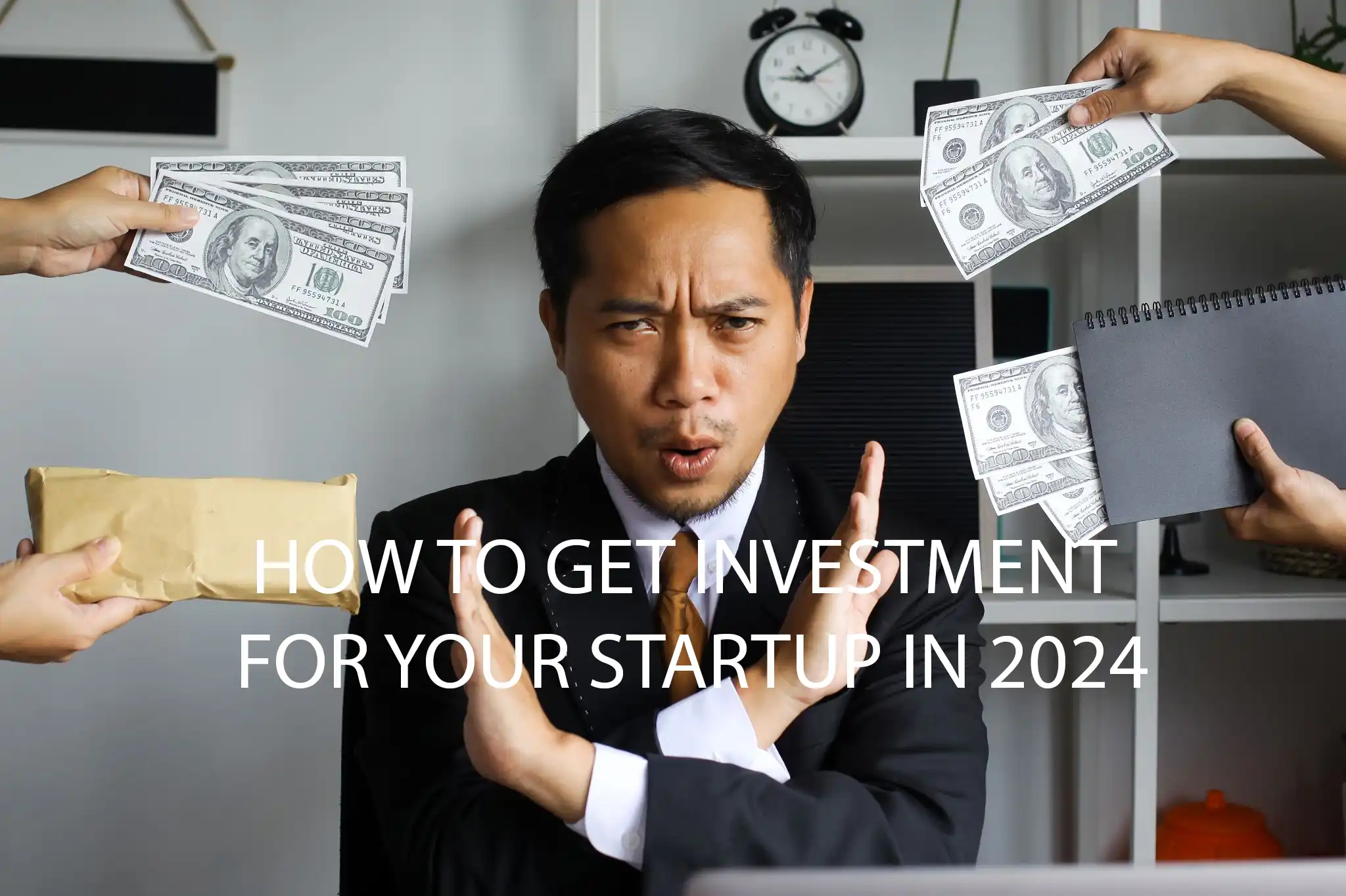
How to Get Funded in 2024 for Your Startup Without an MVP: Turning Ideas into Investment
Starting a company without a Minimum Viable Product (MVP) can feel like an uphill battle, but in 2024, it’s still possible to secure funding based purely on an idea—if you know the right steps. Investors are increasingly open to bold ideas that don’t yet have an MVP, provided the concept is groundbreaking and you’re able to present it convincingly. Here’s how you can get your startup funded with just an idea.
1. Craft a Powerful Pitch Deck
Since you don’t have an MVP to showcase, your pitch deck becomes your most critical tool. You need to build a compelling narrative around your idea, market potential, and how your startup can solve a significant problem. A well-structured, visually appealing pitch deck can convey your startup’s potential and keep investors engaged. Firms like Startup73 offer custom pitch deck services designed specifically to help early-stage founders secure funding, even without a developed product. Their decks highlight your unique value proposition and key metrics, ensuring that your story connects with investors.
2. Build a Stellar Team
Investors bet on teams as much as they do on ideas. If your startup lacks an MVP, having a team with complementary skills, a track record of success, and industry expertise can be a huge selling point. Make sure to clearly showcase the credentials of your team members in your pitch deck. Highlighting the experience and capabilities of your team instills confidence that your idea can be executed successfully.
3. Focus on the Problem-Solution Fit
When you lack an MVP, it’s essential to prove that your idea solves a real problem. Clearly define the pain point your startup addresses and demonstrate how your solution is better or more innovative than existing alternatives. A data-backed understanding of the market and customer needs will help offset the absence of a prototype.
4. Leverage Market Research
Investors want to see that you’ve done your homework. Even without an MVP, you can provide in-depth market research showing a demand for your solution. Quantifying your target market, potential growth, and customer acquisition strategies can strengthen your pitch. Include charts, graphs, and case studies to bolster your claims.
5. Join an Accelerator Program
While some investors may be hesitant to back an idea without a prototype, accelerators can provide the credibility you need to attract funding. Startup accelerators like Y Combinator, Techstars, and Draper University, often accept companies at the idea stage and provide mentorship, funding, and resources to bring your idea to life. Getting into an accelerator can give you early-stage capital, access to a network of investors, and the time to develop your MVP.
6. Build a Strong Online Presence
Even without an MVP, you need to demonstrate traction or interest in your idea. Create a landing page, start a blog, or develop a community around your idea to generate buzz. Use social media, content marketing, and email campaigns to show investors that there’s genuine interest from potential customers.
7. Network with Investors Early
Without a product, personal relationships with investors become more critical. Attend industry events, join entrepreneurial networks, and reach out to investors who focus on early-stage startups. Early-stage investors are often looking for groundbreaking ideas that can disrupt industries, and networking allows you to sell them on your vision.
8. Pre-Sell or Crowdfund
If possible, validate your idea by pre-selling your product or launching a crowdfunding campaign. Platforms like Kickstarter or Indiegogo allow you to raise capital without building an MVP, giving investors confidence that people are willing to pay for your solution. Successful crowdfunding campaigns can also serve as proof of demand.
9. Focus on Intellectual Property (IP)
If your startup is based on a novel technology or a proprietary process, securing intellectual property rights can significantly enhance your pitch. Patents, trademarks, or copyrights can add value to your idea and provide investors with reassurance that your concept is protected and unique.
10. Use a Clear Business Model
Since you don’t have an MVP, it’s vital to show how your idea can generate revenue. A clear and realistic business model, showing how you will acquire and retain customers, and a detailed financial projection will help investors understand how they’ll see a return on their investment.
11. Offer Early Equity or Convertible Notes
In the absence of an MVP, you may need to offer more attractive terms to early investors. Convertible notes, which allow investors to loan money that converts into equity in the future, are a common structure for idea-stage startups. This approach gives investors an incentive to support your project while reducing their risk.
12. Strategize on Exit Opportunities
While most investors are focused on the idea’s growth potential, some will also be looking at your exit strategy. Whether you plan to scale to an IPO or aim for acquisition, having a clear exit strategy shows investors that you’re thinking about long-term value creation.
13. Leverage Grants and Competitions
If you’re struggling to find investors willing to fund you at the idea stage, consider applying for government grants, startup competitions, or innovation prizes. These non-dilutive funding options don’t require giving away equity and can provide the cash infusion needed to develop an MVP.
14. Engage a Mentor
Enlisting a mentor, especially one with a track record of raising capital or scaling startups, can be a game-changer. Their advice, credibility, and network can provide access to investor circles that may have otherwise been closed to you. Mentors can also help refine your pitch and provide valuable feedback on your strategy.
15. Use Professional Services
To enhance your funding chances, consider using professional services like those offered by Startup73. With tools like tailored investor lists, executive summary templates, and personalized pitch deck creation, services like this can streamline your fundraising process and help you stand out in a crowded market.
Conclusion
While raising capital without an MVP might seem like a long shot, with the right approach, it’s entirely possible. By building a strong pitch deck, focusing on team credibility, and demonstrating clear market demand, you can attract investors to your idea. Leveraging accelerator programs, networking, and strategic resources like those offered by Startup73 can significantly boost your chances of securing funding for your startup in 2024.


